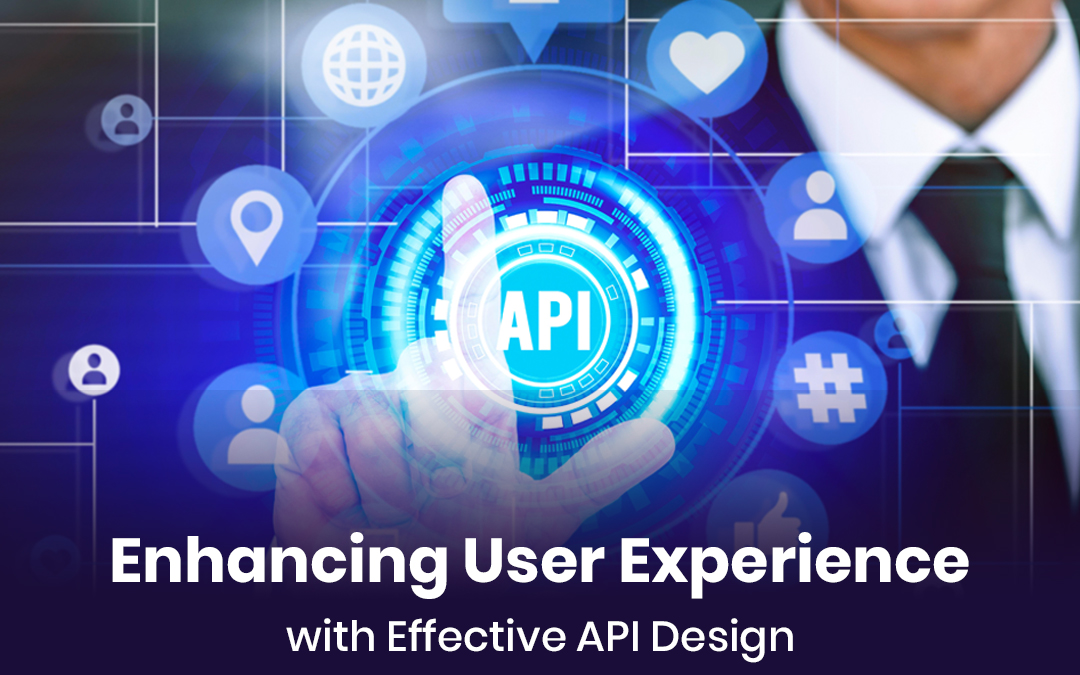
Network effects, the added value you get when more people and tools work together, have transformed the world of software. When users are able to use more pieces of software together seamlessly, harnessing their data and other capabilities, the result is far greater than the sum of its parts.
It’s Application Programming Interfaces (APIs) that make this possible. They have the ability to multiply the capabilities of software while enhancing the user experience. Let’s look at how they can achieve this.
What is effective API design?
At its core, effective API design comes down to considering the needs and experience of the users alongside their technical requirements. After all, an API may have truly incredible performance and capabilities, but if it’s maddeningly frustrating to use, it’s not going to deliver for its users.
Because the type of users will change widely, there’s no single best way to design an API. However, there are basic principles that every designer should bear in mind during API development to ensure you’re creating a great user experience.
How does API design affect the user experience?
There are four key ways API design affects user experience. Importantly, they’re not as intuitive as you may think, so it’s important to study them closely and consider them carefully.
1. Makes it more secure
Because they grant other software and users access to data and functionalities, APIs are an increasingly common target for malicious actors. Poor security can easily create dangerous vulnerabilities in otherwise highly secure systems.
This explains why APIs need to be developed with security in mind. But beyond the technical side of that security, user experience can also make your APIs more secure by minimizing human error. This may mean an interface that encourages users to follow security best practices or that flags suspicious activity.
Another way of thinking about API security via user experience is simply making it difficult to use the API in an incorrect or irresponsible manner. However you approach it, you need to think about the human element of digital security to ensure your APIs don’t become vulnerabilities.
2. Easier integration
Building an API with difficult integrations is a bit like building an amazing car but forgetting to add seats. Integration is at the core of what APIs do, so ensuring users are able to access this functionality easily is vital. Ideally this would mean the API is easy to implement and maintain without needing to rely on complex documentation.
Put another way, you want to develop APIs that can easily be used without needing to rely on a technical team. However, when bringing in technical help is required, ensuring your documentation is clear and using interactive tools can make integration far easier.
3. Better flexibility and scalability
To be and remain effective, software must be able to evolve and scale over time. That’s why it’s important for APIs to have the same capabilities. This usually means ensuring your API development adheres to REST principles to ensure the application is lightweight and flexible.
Failure here can result in APIs that hurt the performance of the software it connects, dramatically worsening the user experience for those tools. For example, once that API needs to handle larger data loads or connect a greater number of software tools at one time, its performance can suffer if those circumstances aren’t accounted for.
Ensuring your APIs are ready to handle tougher tasks than you currently anticipate needing is therefore a prudent option to future-proof your tools.
4. Better error handling
Errors are sadly inevitable when it comes to modern APIs. The complexity and quantity of data and software these APIs interact with means you will occasionally run into issues like invalid input data. When this happens, the user will need to take appropriate action, making this a crucial moment to get user experience right.
For example, you should ensure your error messages are clear, descriptive, and make it clear what happened and what the user should do next. Documentation and monitoring can further help by equipping developers with information they will need to address those errors.
How to create or enhance current API design
The first and most important consideration for developing a new API from scratch or updating one you already have is who will do the work. Do you have the internal talent for the task or will you need to hire an external team?
Once you’ve answered that question, you can work with that team to better understand your needs. This is an underrated step because an experienced API development team can help identify potential blind spots in your own requirements. They can also help you better understand the cost-benefit analysis certain features may bring.
Wrap Up
Armed with that information you can enter the development process. Just be sure you follow the guidelines listed here and test as you go. This helps confirm assumptions and enables your API to evolve as your requirements do.
Share this post
Leave a comment
All comments are moderated. Spammy and bot submitted comments are deleted. Please submit the comments that are helpful to others, and we'll approve your comments. A comment that includes outbound link will only be approved if the content is relevant to the topic, and has some value to our readers.

Comments (0)
No comment